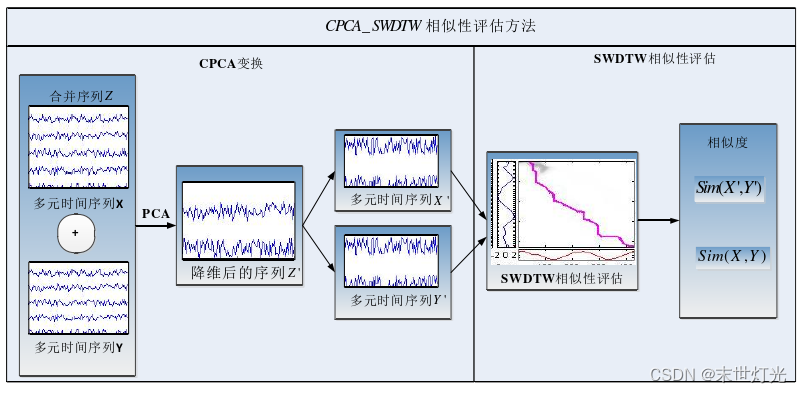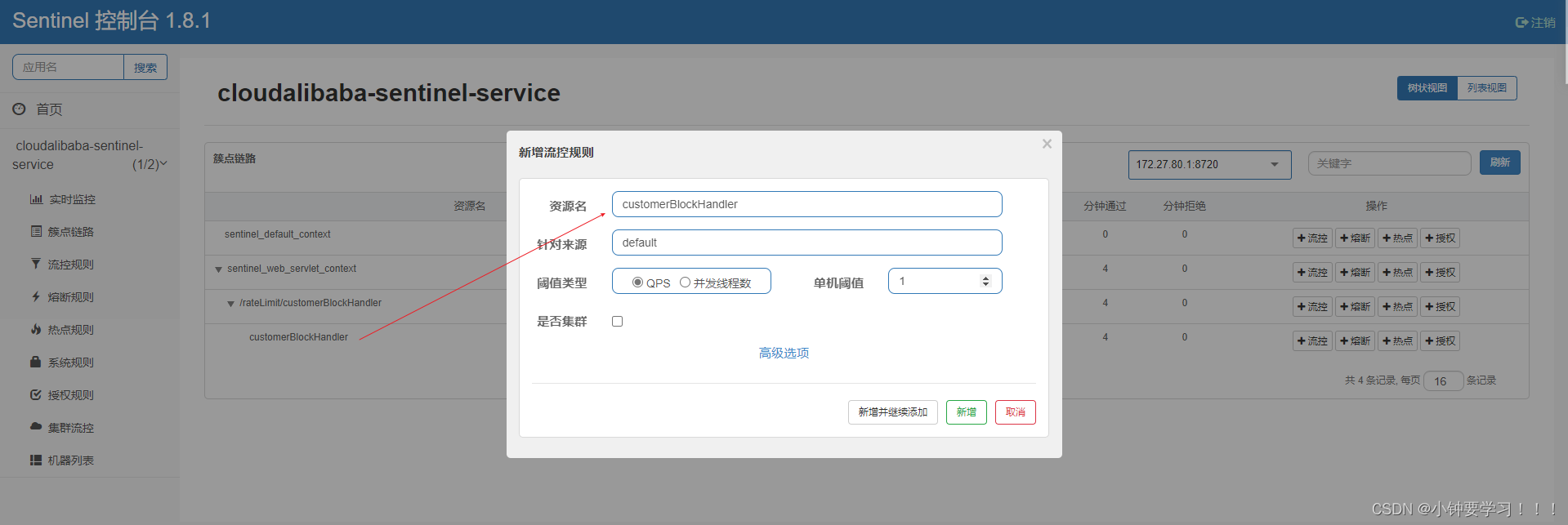👨🎓个人主页:研学社的博客
💥💥💞💞欢迎来到本博客❤️❤️💥💥
🏆博主优势:🌞🌞🌞博客内容尽量做到思维缜密,逻辑清晰,为了方便读者。
⛳️座右铭:行百里者,半于九十。
📋📋📋本文目录如下:🎁🎁🎁
目录
💥1 概述
📚2 运行结果
🌈3 Matlab代码实现
🎉4 参考文献
💥1 概述
大规模MIMO系统上行数据检测问题中的晶格基(信道矩阵)自然是短而正交的,因此我们可以在不使用格约简的情况下将混合方案应用于该场景。仿真结果验证了该扩展的有效性。
📚2 运行结果
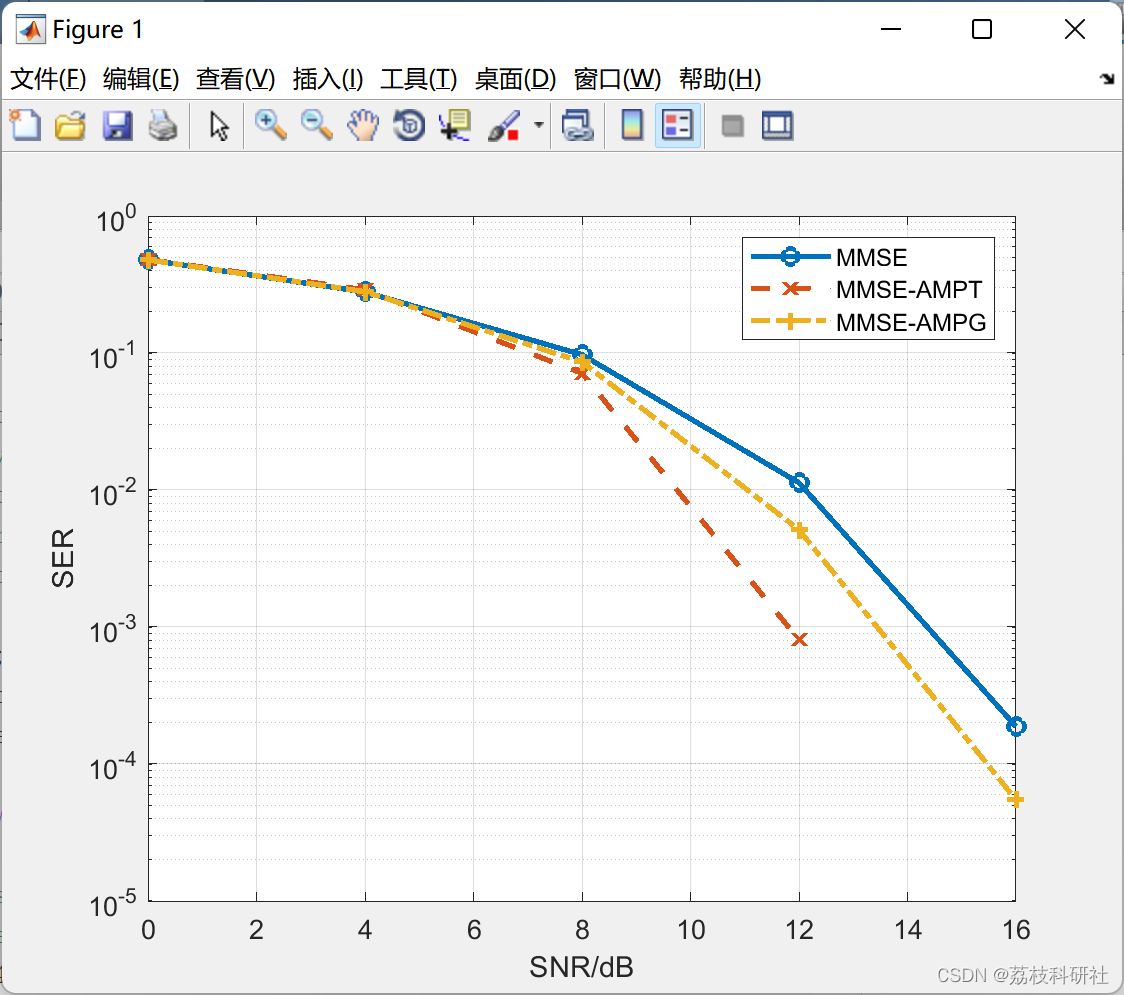
🌈3 Matlab代码实现
部分代码:
clc;clear all;close all;
linestyles = cellstr(char('-','--','-.','--'));
SetColors=lines(10);
Markers=['o','x','+','*'];
legendbox={'MMSE','MMSE-AMPT', 'MMSE-AMPG'};
n=32;% # of users
m=64;% # of received antennas; m is much larger than n in massive mimo
SNR_range=[0:4:16]; % the tested range of SNR
count=0;
algorithms=[1:1:3];
for SNR=SNR_range
for monte=1:4e3 % the number of MonteCarlo simulations
H=randn(m,n); %channel matrix
A=7;% size of constellations
u=1*randi([-A,A],n,1);% symbols in users
sigmas2=A*(A+1)/3; % theoretical signal power;
sigma2=sigmas2/((10^(SNR/10))); % noise power
y=H*u+sqrt(sigma2)*randn(m,1); %the received signal
for j=algorithms
switch j
case 1 % MMSE
xhat=round(pinv([H;sigma2/sigmas2*eye(n)])*[y;zeros(n,1)]);
x_mmse=xhat;
case 2 % MMSE-AMPT
yp=y-H*x_mmse; %yp is the difference vector
xhat=x_mmse+AMPT(yp,H,.5,.5); % AMP with ternery priors
case 3 % MMSE-AMPG
yp=y-H*x_mmse;
xhat=x_mmse+AMPG(yp,H,sigmas2/20,.5);% AMP with Gaussian priors;the signal power is unknown
end
uhat=max(min(xhat,A*ones(n,1)),-A*ones(n,1));%estimated symbols
ser(j,monte)=sum(u~=uhat)/n; % symbol error rate
end
end
count=count+1;
SER(:,count)=mean(ser,2);
end
figure(1)
for j=algorithms
semilogy(SNR_range,SER(j,:),[linestyles{j} Markers(j)],'Color',SetColors(j,:),'Linewidth',2);
hold on;
grid on;
end
hold off;
h=legend(legendbox(algorithms));
xlabel('SNR/dB');ylabel('SER');
🎉4 参考文献
部分理论来源于网络,如有侵权请联系删除。
[1]Lyu, Shanxiang, and Cong Ling. “Hybrid Vector Perturbation Precoding: The Blessing of Approximate Message Passing.” IEEE Transactions on Signal Processing, Institute of Electrical and Electronics Engineers (IEEE), 2018, pp. 1–1, doi:10.1109/tsp.2018.2877205.

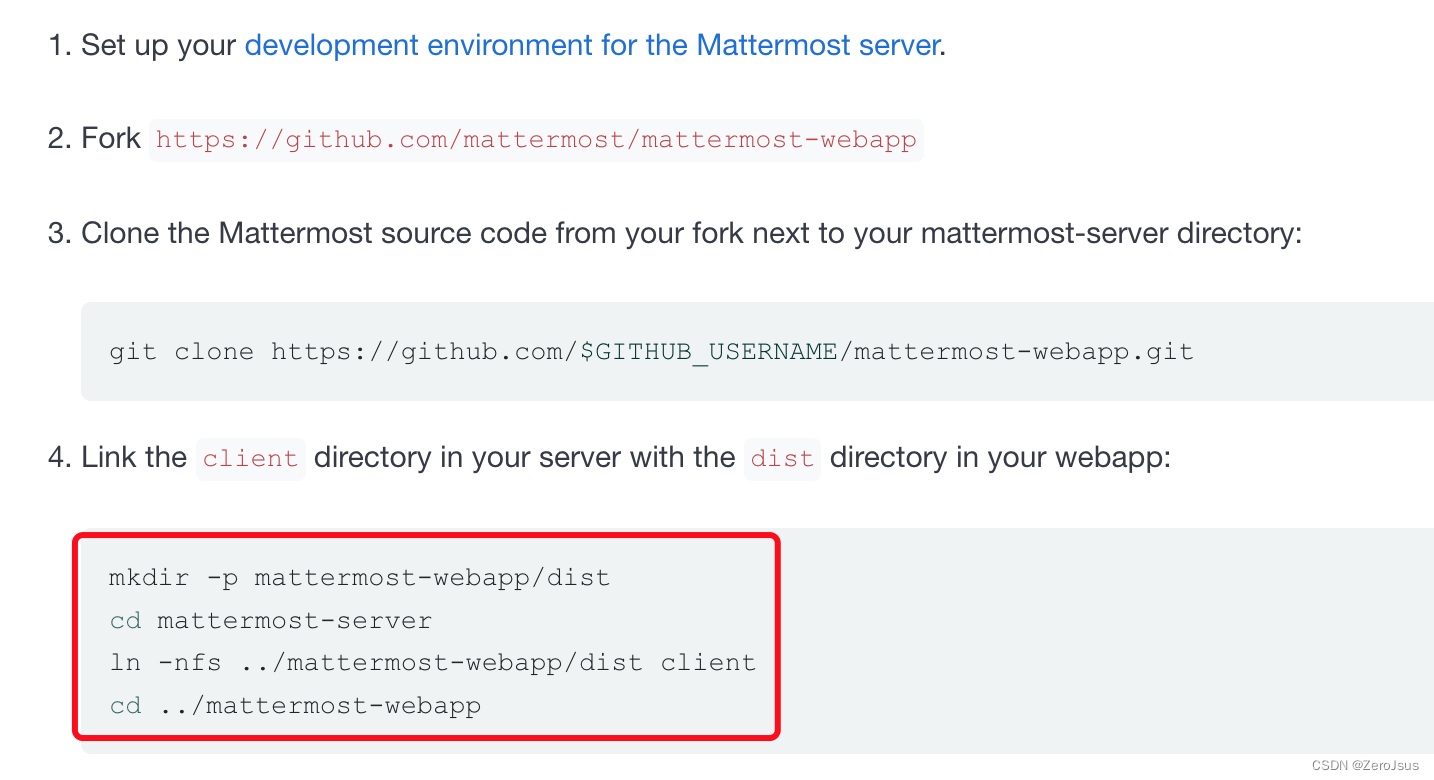
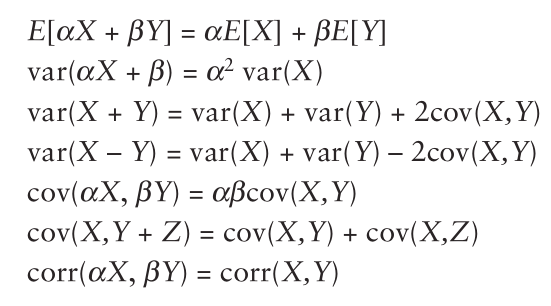





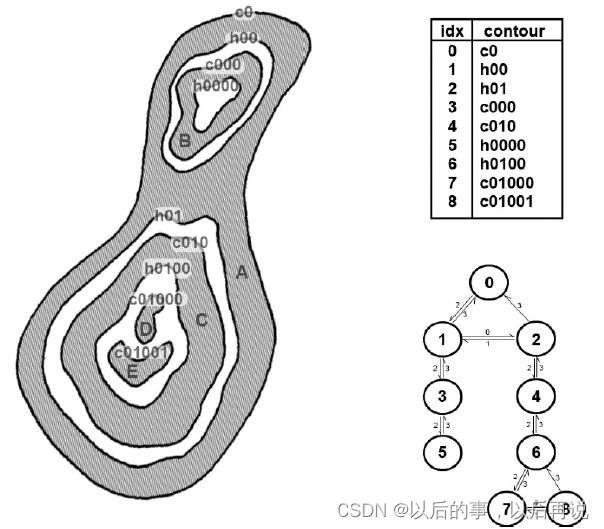



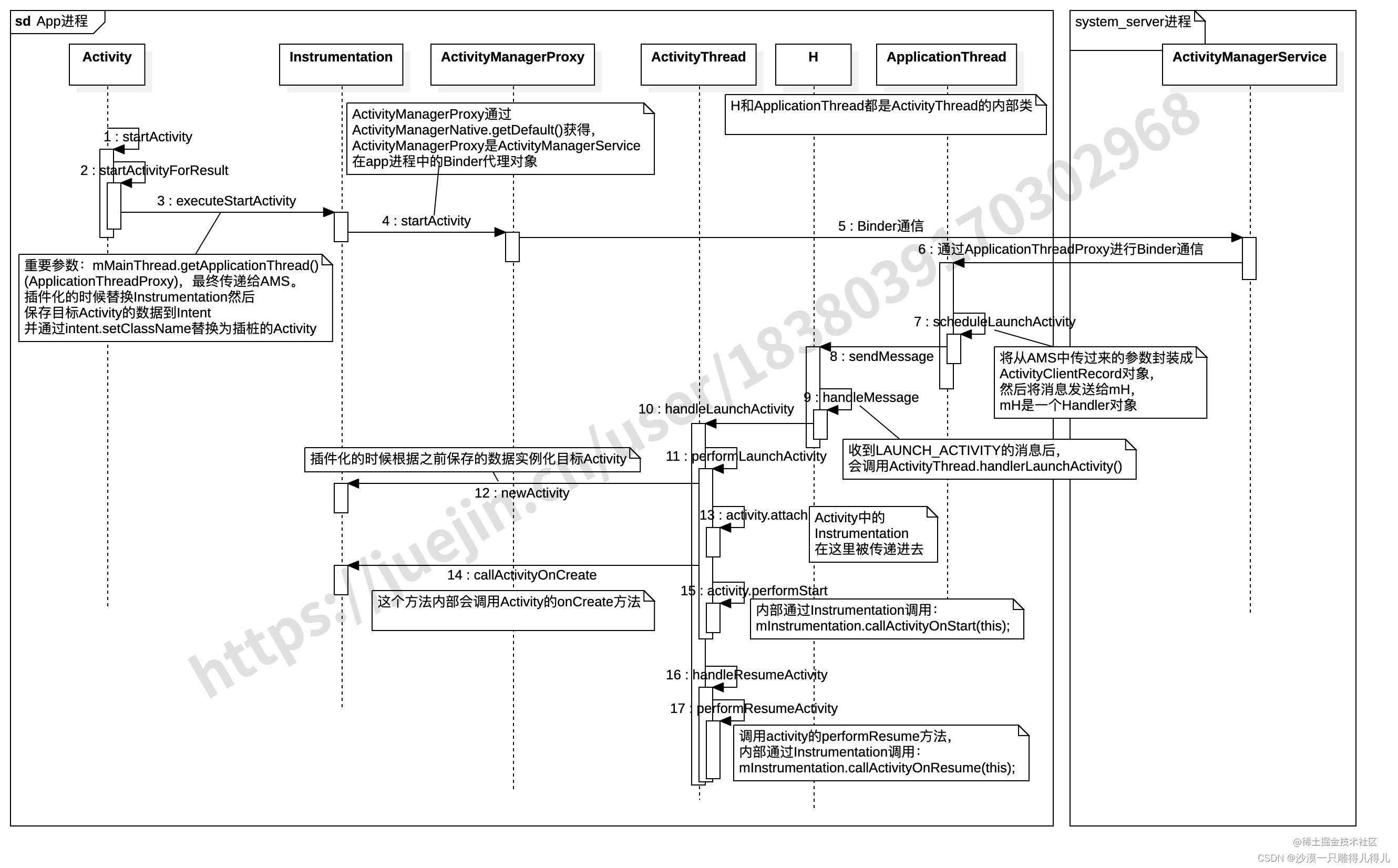
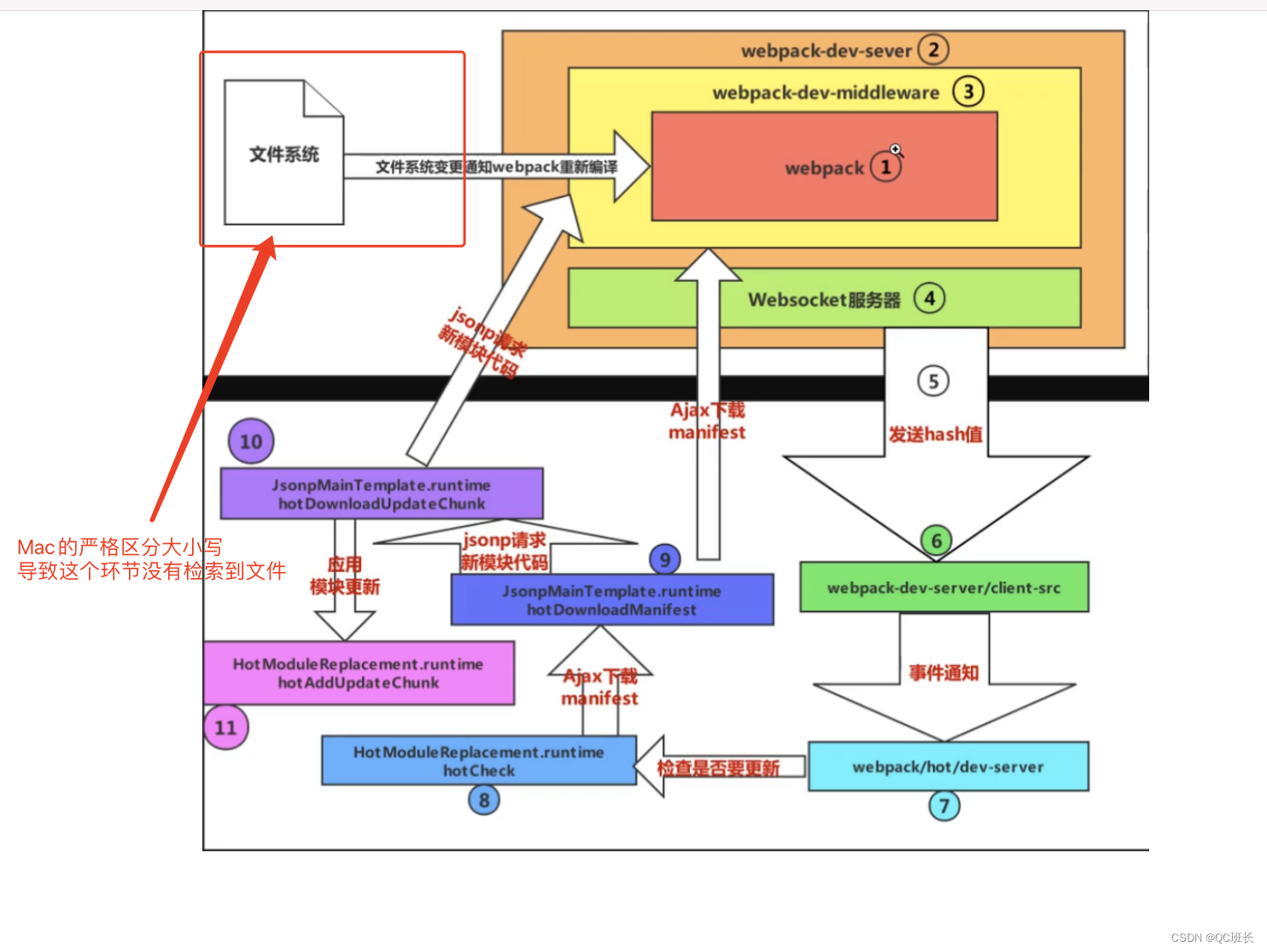
![[附源码]计算机毕业设计springboot基于web的建设科技项目申报管理系统](https://img-blog.csdnimg.cn/ba5088ffeb8e4a89aee8264690550c43.png)



